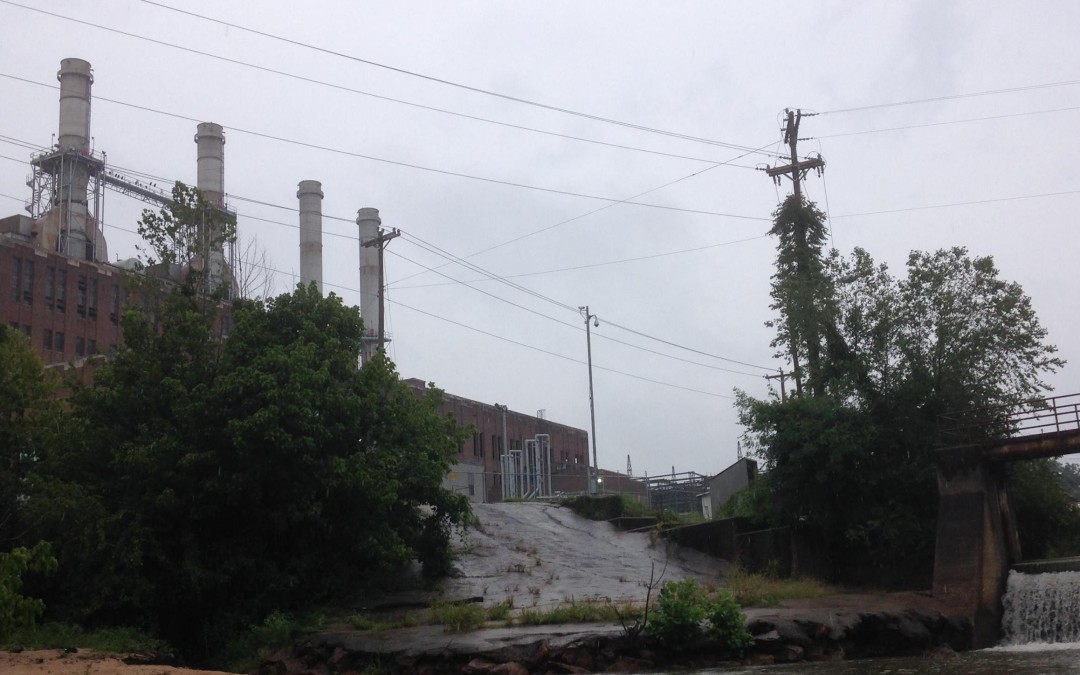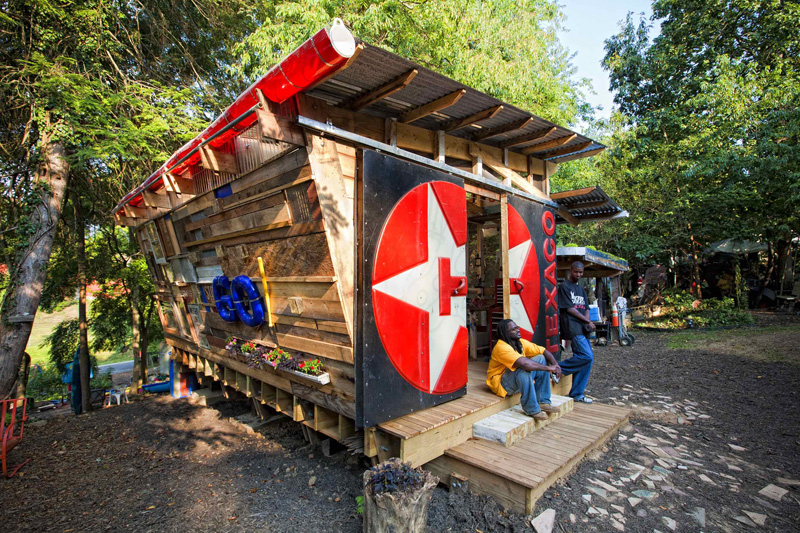
MountainTrue and Asheville Design Center to Merge
MountainTrue and Asheville Design Center to Merge
MountainTrue is excited to welcome Chris Joyell and the Asheville Design Center to the MountainTrue team. Asheville Design Center (ADC) and MountainTrue have announced their intent to merge in the Fall of 2017.

Chris Joyell, executive director of Asheville Design Center.
There is a long history of collaboration and a strong alignment between MountainTrue’s land use and transportation work & ADC’s community planning work. Merging will strengthen both organizations and help communities across all of Western North Carolina better address their needs through a combination of grassroots organizing, community-driven planning and strategic advocacy.
MountainTrue members will vote on whether to approve the merger at our 2017 Annual Gathering on October 25 at New Belgium Brewing in Asheville. If the merger is approved, Asheville Design Center will retain its name and operate as a program of MountainTrue.
“The merger creates one organization that is better able to pursue a holistic approach to our built and natural environments,” explains Chris Joyell, executive director of the Asheville Design Center.
Asheville Design Center is inviting its members and supporters to celebrate the merger with a toast at MountainTrue’s upcoming Annual Gathering at New Belgium on October 25 from 6-8 pm. The Annual Gathering is open to all members. Contributing supporters of ADC will receive a complimentary one-year membership to MountainTrue. Click here to RSVP.
“This is a merger that benefits both organizations,” explains Carrie Turner, ADC board chair. “ADC will benefit from MountainTrue’s larger infrastructure and will be able to expand and develop more impactful programs. “MountainTrue, for its part, will gain ADC’s know-how when it comes to helping residents plan for the health of their own communities.”
“MountainTrue has the experience and capacity to organize the public in support of the kind of community-driven design planning that ADC is expert at conducting,” explains Bob Wagner, co-director of MountainTrue. “By aligning our work, we’ll be able to better meet the needs of people throughout WNC.”
Collaboration between the Asheville Design Center and MountainTrue goes back to 2009 when the two organizations created Blue Ridge Blueprints — a grassroots planning program to help communities plan for and design their futures while preserving local character and protecting the natural environment. Through Blue Ridge Blueprints, ADC and MountainTrue partnered with residents to develop the Burton Street Community Plan when that neighborhood was threatened by the proposed I-26 Connector.
The Burton Street community had recently overcome issues of crime, poor infrastructure and shifting demographics, and, in 2010, a plan to expand I-26 threatened to impede this progress and displace many long-time residents. At the invitation of the community, ADC and MountainTrue worked with local residents to develop a vision, goals and strategies to achieve those goals. ADC design volunteers conducted numerous surveys and workshops to inform a community plan, while MountainTrue organized the community and helped participants prioritize goals for implementation.
The Burton Street Community Plan helped spur the adoption of the Smith Mill Creek Greenway into the City’s greenway master plan and prompted ADC’s DesignBuild Studio to construct an outdoor classroom for the Burton St. Community Peace Garden.
This work helped us establish our trajectory when MountainTrue and the ADC worked side-by-side on the I-26 Connector Project to push for a design that minimized the highway’s footprint and its impacts on Asheville’s neighborhoods, including Burton Street. ADC worked directly with affected communities through a participatory planning process and then offered detailed improvements to the North Carolina Department of Transportation that were supported by the people. MountainTrue subsequently worked with specifically impacted neighborhoods to generate and maintain support for the principles underpinning ADC’s proposed highway design.
“We had both strong, consistent public support and good design principles. That gave us credibility and power,” says Julie Mayfield, co-director of MountainTrue. “In 2016, we made history when NCDOT selected a variation of ADC’s design, Alternative 4B, as the first community-authored highway design ever to be adopted by a state DOT.”
These real-world examples of collaboration light the path forward: one organization better able to support more communities across the region in building a better, healthier and cleaner WNC for all.
Media Coverage:
- Karen Chavez, “MountainTrue merges with Asheville Design Center”
Asheville Citizen-Times, September 21, 2017 - Staff, “MountainTrue, Asheville Design Center to merge”
Henderson Times-News, September 21, 2017 - Carolyn Morrisroe, “MountainTrue and Asheville Design Center to merge”
MountainXpress, September 21, 2017 - Staff, “MountainTrue, Asheville Design Center to merge”
WLOS, September 21, 2017 - Staff, “MountainTrue and Asheville Design Center To Merge”
The Transylvania Times, September 25, 2017
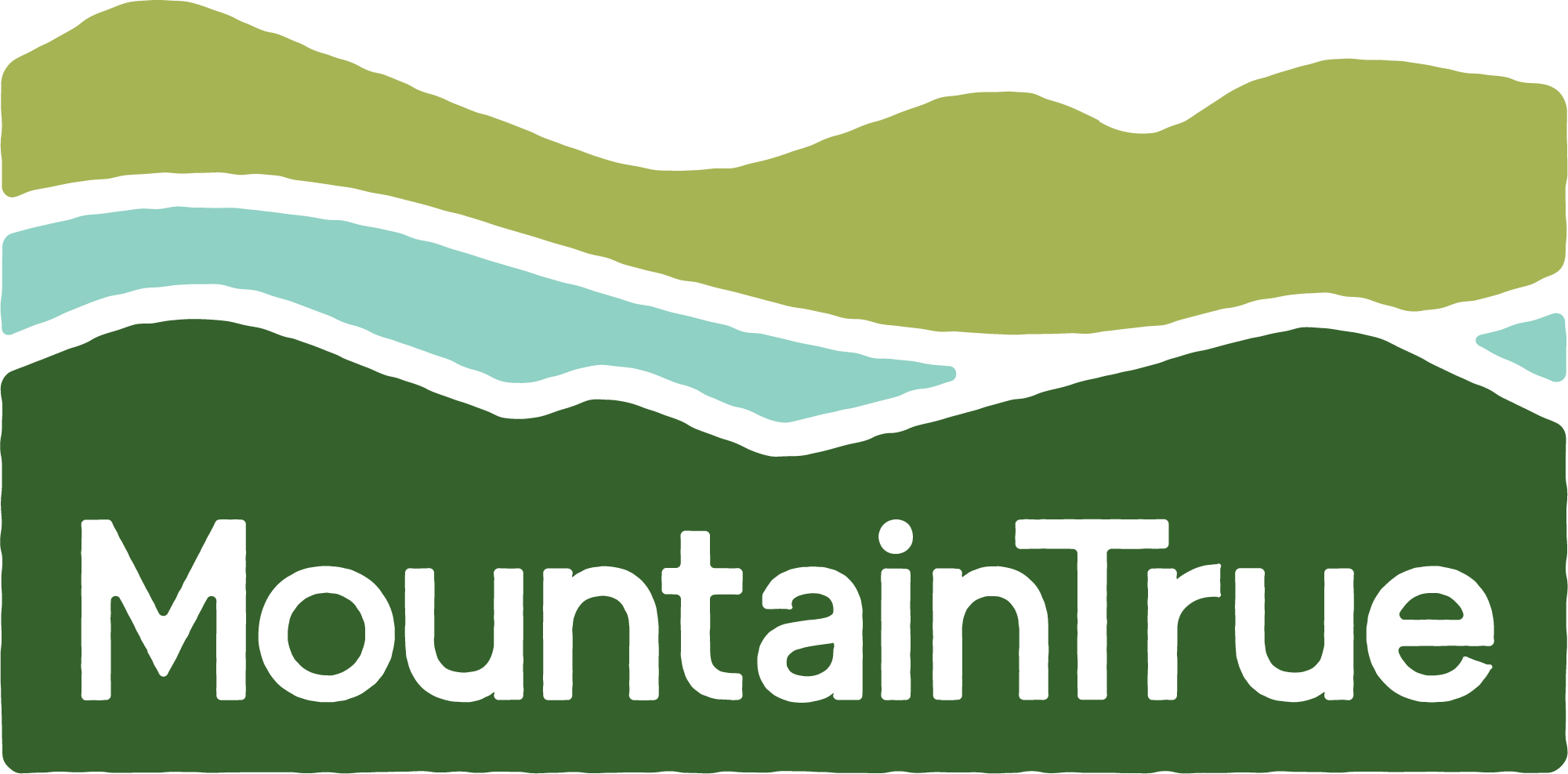
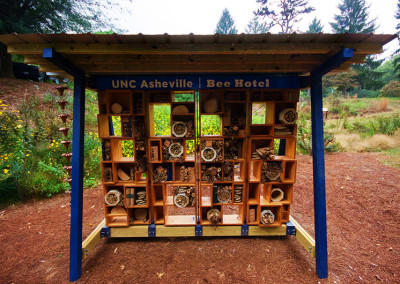

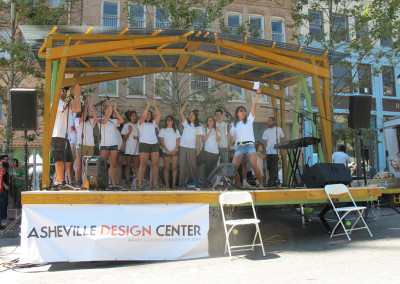


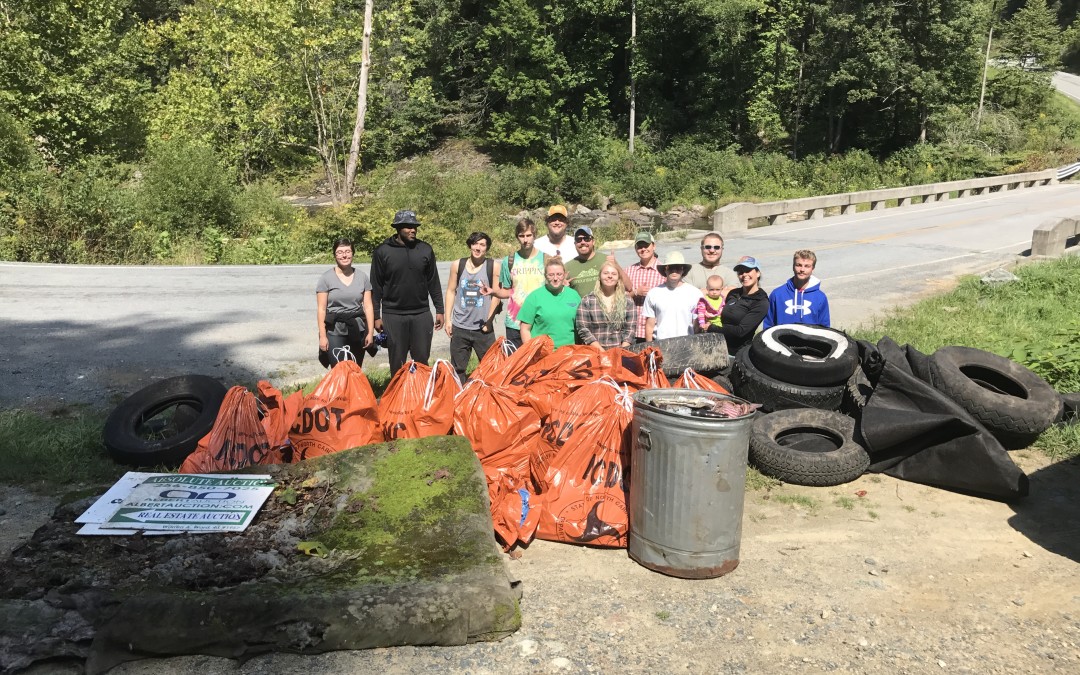
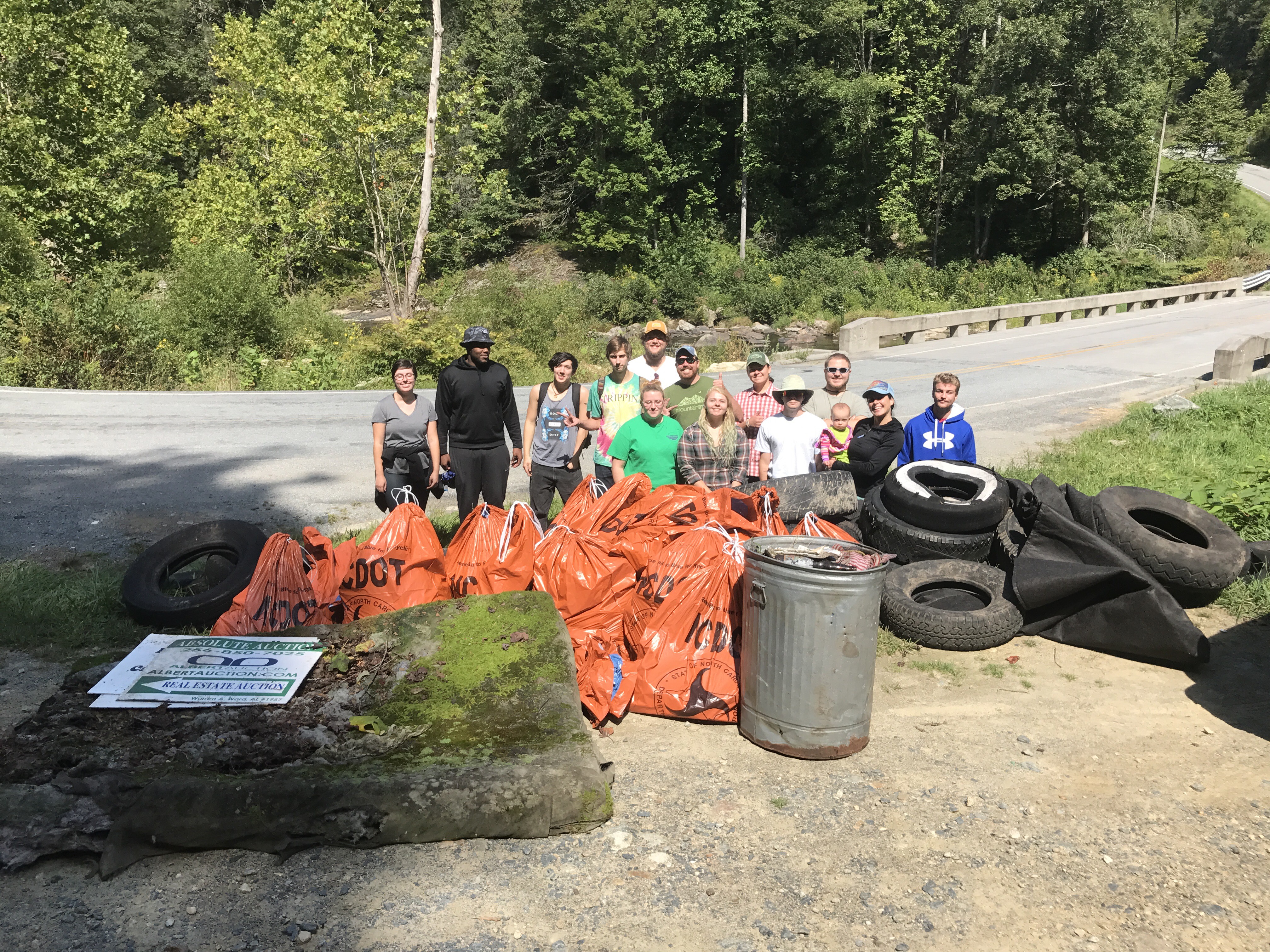
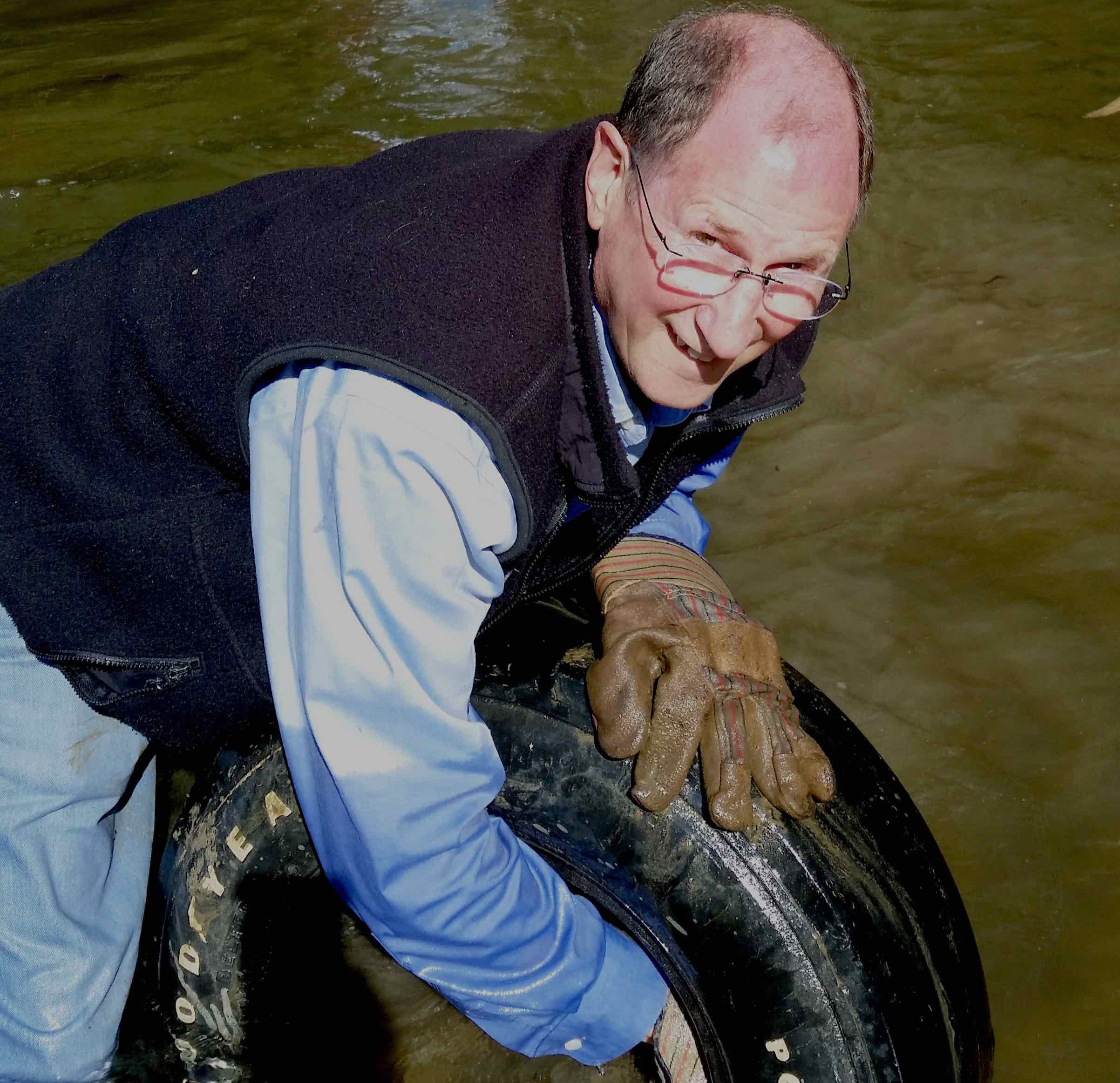
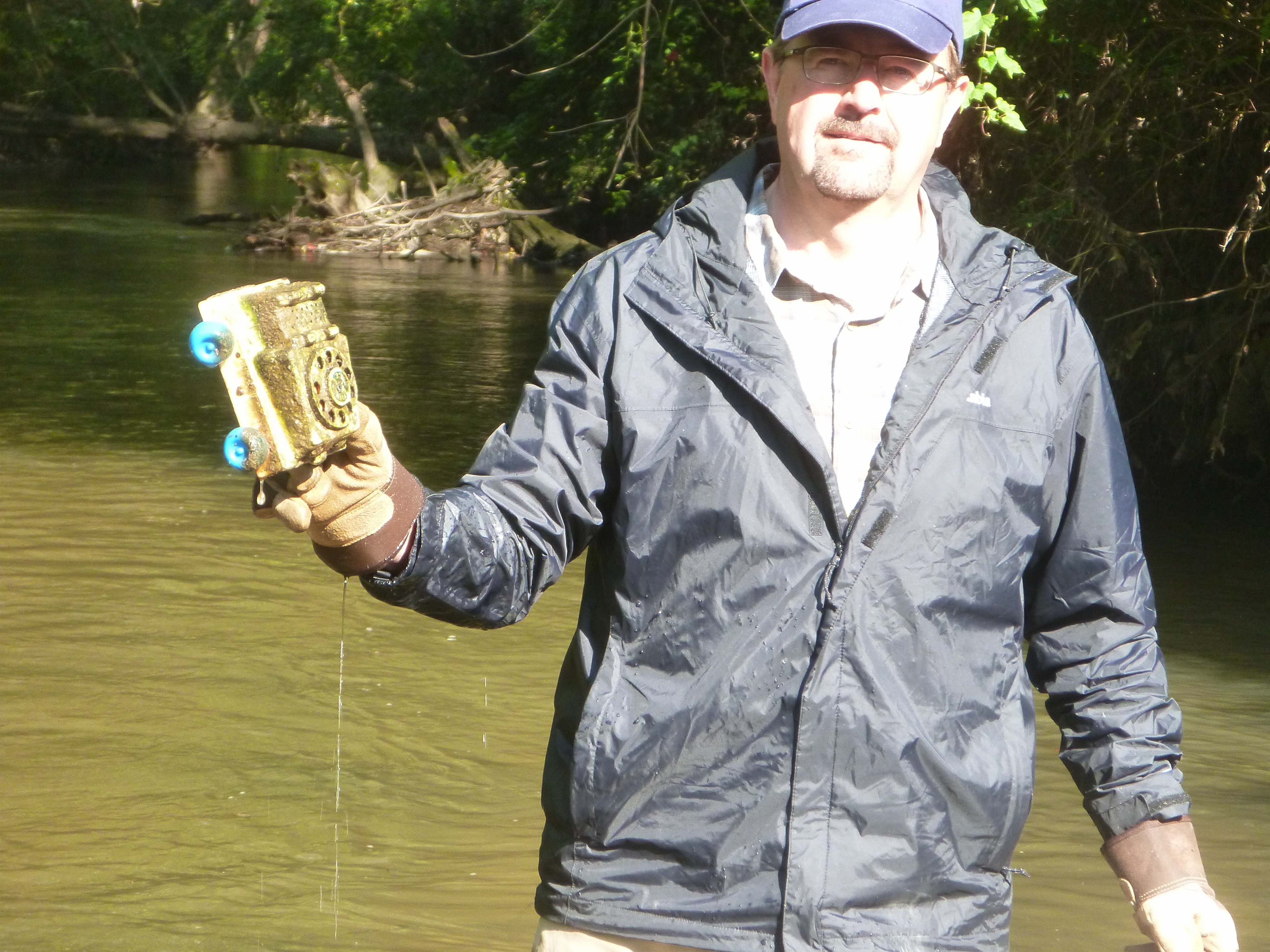
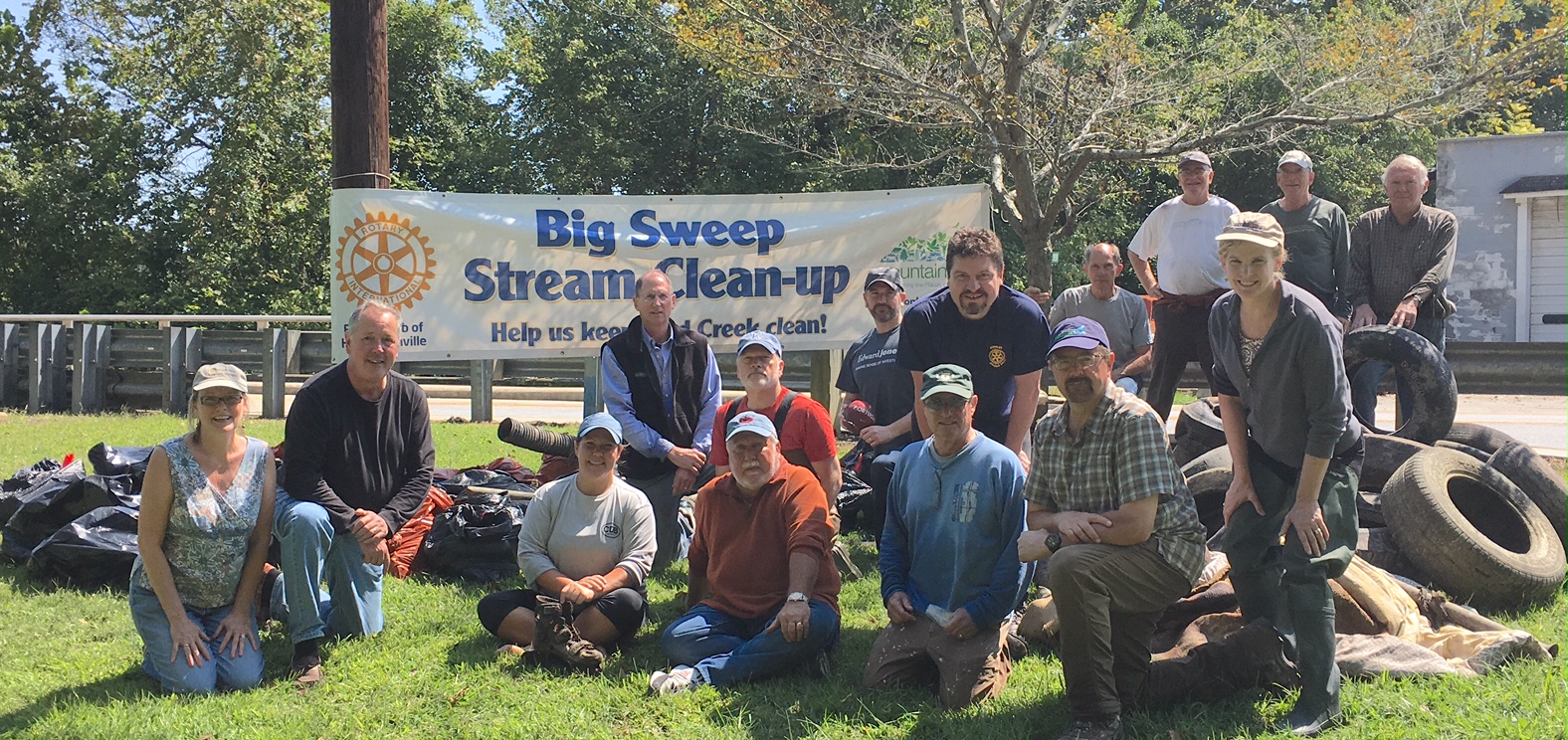
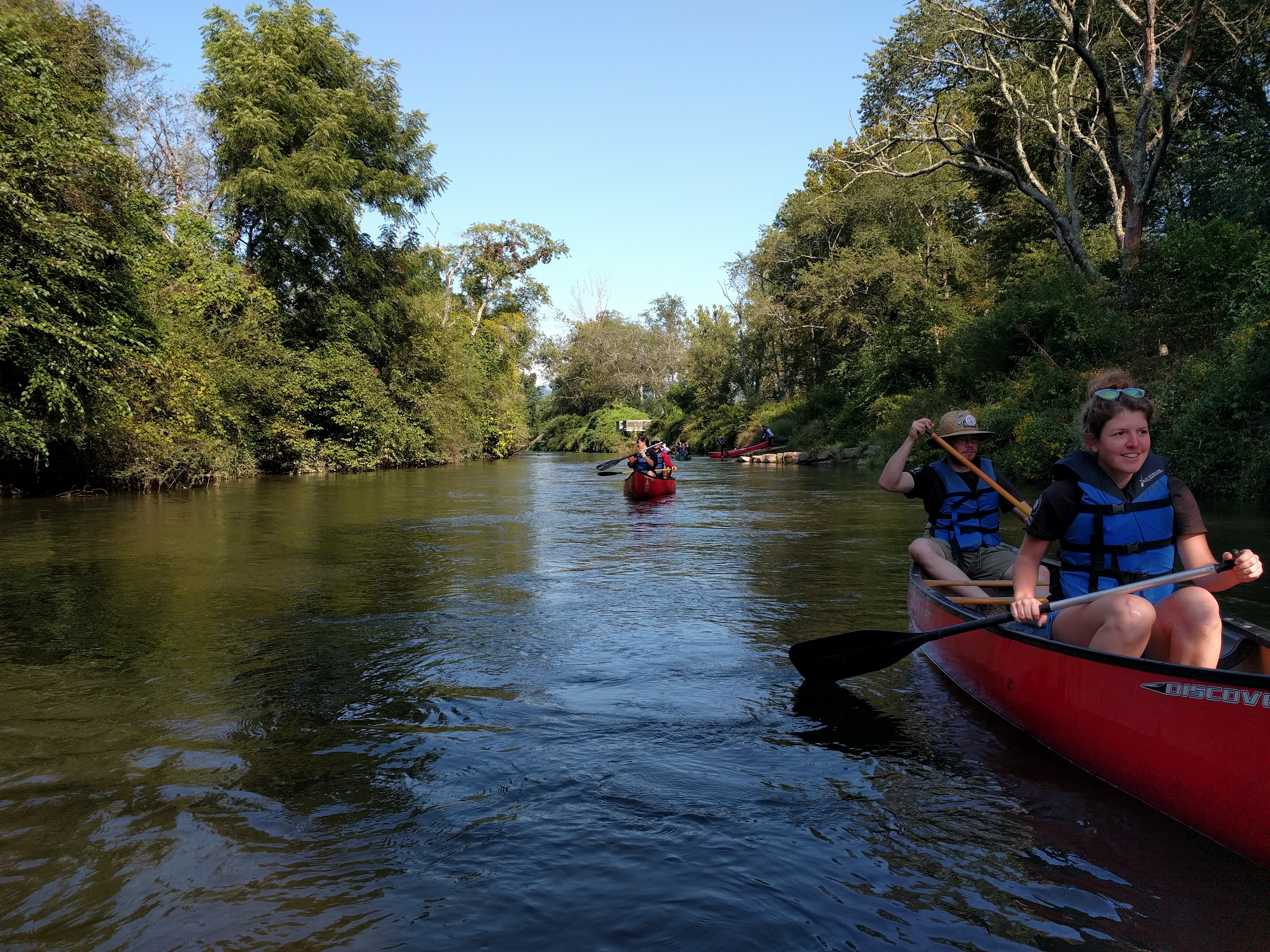

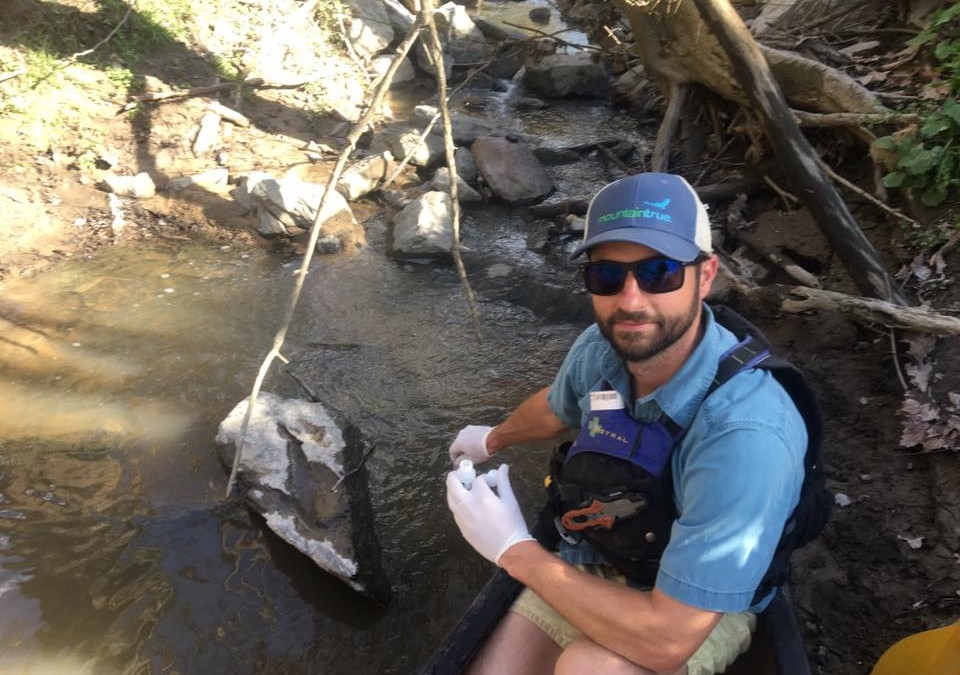

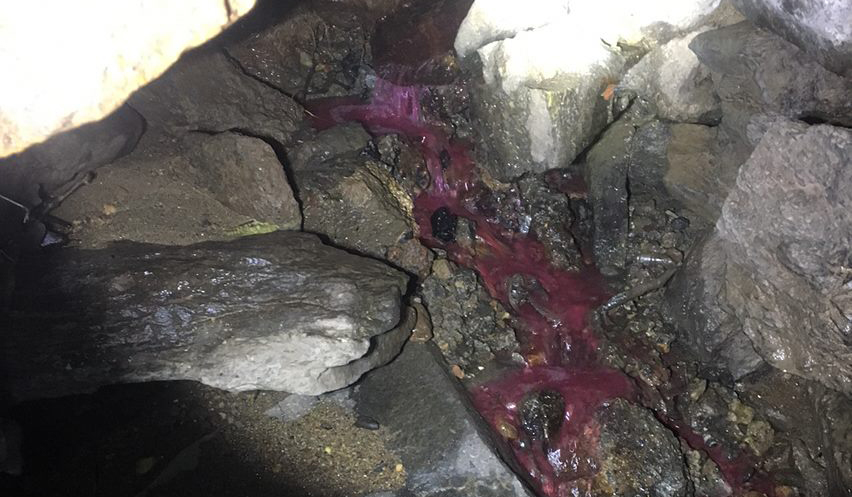
 In order to monitor the health of our waterways, MountainTrue has a team of volunteers that take weekly E. coli data at over 25 locations throughout the French Broad River Watershed. That data is uploaded to the
In order to monitor the health of our waterways, MountainTrue has a team of volunteers that take weekly E. coli data at over 25 locations throughout the French Broad River Watershed. That data is uploaded to the  MSD has another tool in their arsenal, a smoke machine. This machine is attached to a giant fan and blows smoke into the sewer pipes. The idea is that the smoke will come out of the ground or a storm drain if there is a leak in the sewer pipe. The smoke test also failed to definitively locate the leak, so our Riverkeeper team went to every business in the area and flushed dye down their toilets. If there was a leak in one of the pipes that connect the businesses to the main sewer line, then the dye would hopefully show up in the creek. At this point, months had gone by and the river season was fast approaching. We knew that additional tests in the creek were needed to narrow down the source, but the creek and the feeder creeks were almost completely underground.
MSD has another tool in their arsenal, a smoke machine. This machine is attached to a giant fan and blows smoke into the sewer pipes. The idea is that the smoke will come out of the ground or a storm drain if there is a leak in the sewer pipe. The smoke test also failed to definitively locate the leak, so our Riverkeeper team went to every business in the area and flushed dye down their toilets. If there was a leak in one of the pipes that connect the businesses to the main sewer line, then the dye would hopefully show up in the creek. At this point, months had gone by and the river season was fast approaching. We knew that additional tests in the creek were needed to narrow down the source, but the creek and the feeder creeks were almost completely underground.  The North Carolina Department of Environmental Quality (DEQ) was the next stop to helping us locate the leak. DEQ realized access could be gained to the underground creek through some of the storm drains. Additional sampling would hopefully narrow down the location of the source. The samples helped, but we were still left a lot of questions. This is how I ended up 12 feet underground in a stream filled with sewage.
The North Carolina Department of Environmental Quality (DEQ) was the next stop to helping us locate the leak. DEQ realized access could be gained to the underground creek through some of the storm drains. Additional sampling would hopefully narrow down the location of the source. The samples helped, but we were still left a lot of questions. This is how I ended up 12 feet underground in a stream filled with sewage.  The trip down the drain was eerie and unpleasant, but it led us to devise a sampling plan that could finally isolate all the potential sources of pollution. A return trip was planned that would include a ladder and enough sample bottles to get all the data we needed. First, we placed dye in the three major sewer lines that flow under the area. Then, I climbed into the hole again and tromped down the sewage-filled stream, where I came upon a side channel flowing red from the dye that was dropped in the sewer pipe. Now, we had found a major leak and knew almost the exact location!
The trip down the drain was eerie and unpleasant, but it led us to devise a sampling plan that could finally isolate all the potential sources of pollution. A return trip was planned that would include a ladder and enough sample bottles to get all the data we needed. First, we placed dye in the three major sewer lines that flow under the area. Then, I climbed into the hole again and tromped down the sewage-filled stream, where I came upon a side channel flowing red from the dye that was dropped in the sewer pipe. Now, we had found a major leak and knew almost the exact location! Again, MSD showed up within 10 minutes of the call alerting them to the problem, and hundreds of thousands of dollars in equipment was dispatched to locate the exact location of the leak. This leak was smaller and more difficult to find, but was eventually located. Since the leak was small, a patch was proposed, but as the patch was being installed the entire pipe burst. Pump trucks were used to reroute the sewer line while they started to dig up the road. By the time the pipe and road were repaired it was 2 a.m.
Again, MSD showed up within 10 minutes of the call alerting them to the problem, and hundreds of thousands of dollars in equipment was dispatched to locate the exact location of the leak. This leak was smaller and more difficult to find, but was eventually located. Since the leak was small, a patch was proposed, but as the patch was being installed the entire pipe burst. Pump trucks were used to reroute the sewer line while they started to dig up the road. By the time the pipe and road were repaired it was 2 a.m. 